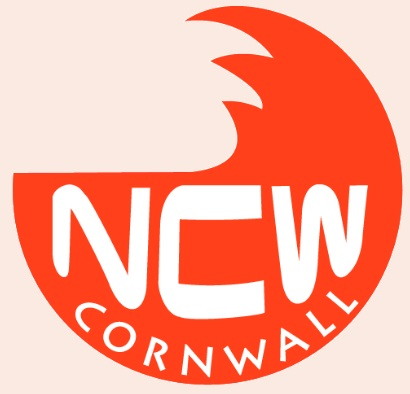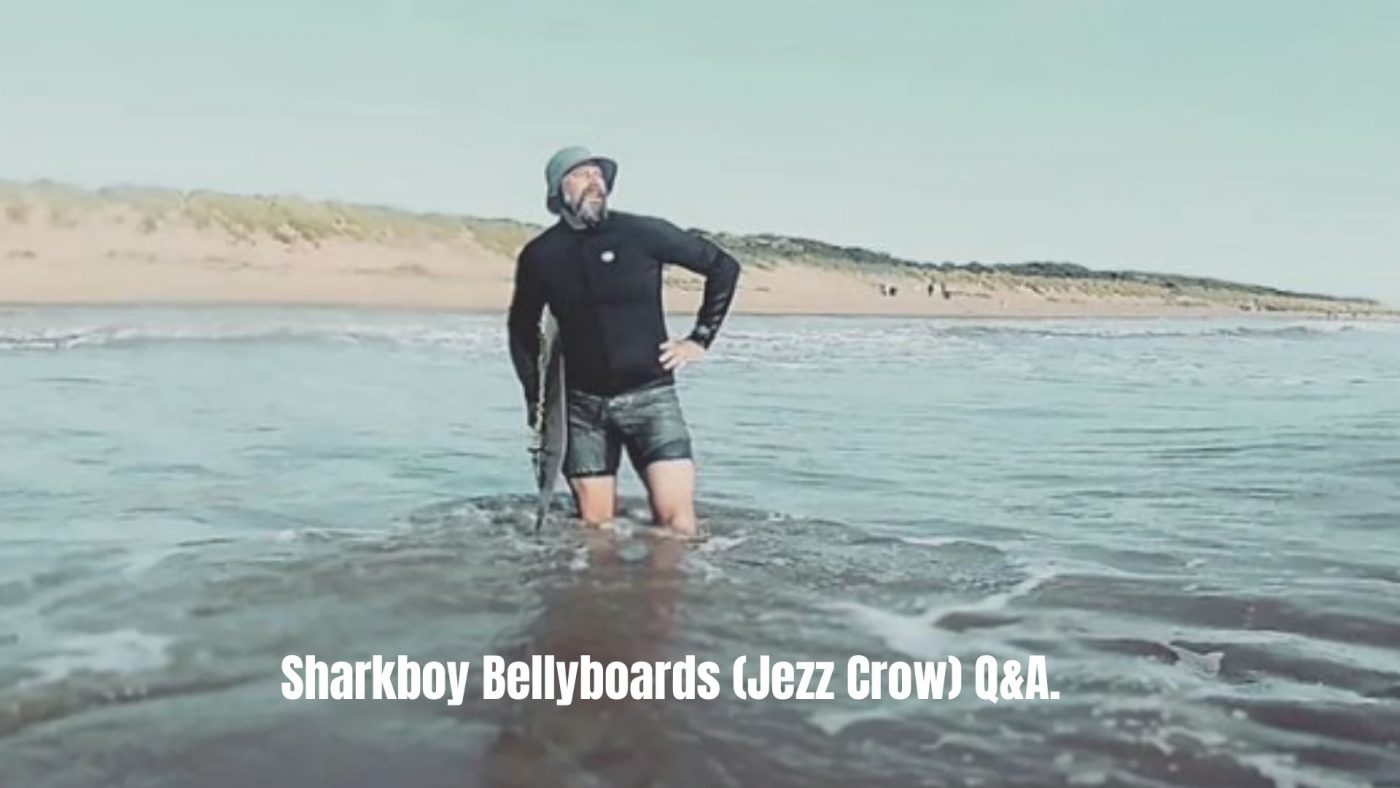Jezz Crow designs and shapes some seriously quality artisan bellyboards via his Sharkboy Bellyboard brand (as well as a few other ‘toys’). But there’s more to Jezz’s watery life than just bellyboards alone. We caught up with Jezz to get the lowdown and find out more.
Give us a little about your watery background first off?
My love of the sea started with sailing. As kids, my brother and I did some windsurfing and dinghy sailing courses with the RYA in the summer holidays and were both hooked.
I went on to work as a GRP boat builder, first at yacht builders Colvic Craft in Earls Colne, where we made some interesting craft including the kevlar reinforced Millennium Farr 65 round the world yachts. I then worked at White Formula in Brightlingsea for Olympic sailor Rob White mainly building Dart 18 catamarans.
My first experience of plywood and the sea was when I bought and fixed up a mirror dinghy to teach my kids to sail.
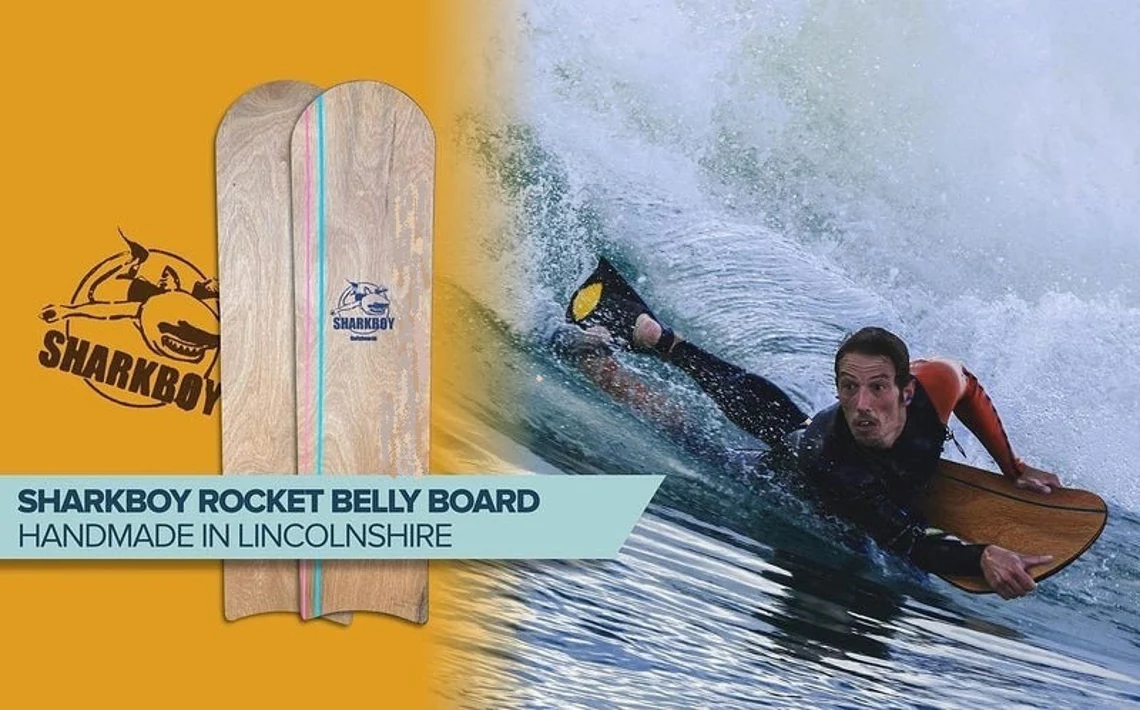
Sharkboy Bellyboards: Rocket fibreglass / Paulownia twin fin / Rocket corkie.
Where’s your local and what makes it fun for wave sliding?
My local spot is Mablethorpe in Lincolnshire. It is surprising how much swell we get on the east coast and the winds are often offshore too. There is a small fringe surfing crew, three of us really, but the numbers occasionally swell to 5 or 6.
Tell us how you got into the fringe surfing side of things?
I was feeling frustrated at the time with windsurfing. The effort it took to set up all my gear and waiting for the ideal conditions, the cost of replacing shredded sails and so on. I bought a bodyboard, some fins and fell in love with prone surfing immediately. It worked in even the foulest conditions, no heavy equipment to carry and when planing a wave, just as exhilarating as on a windsurfer. Actually, I loved it even more being so low down.
At this time, I met a couple of local fringe surfers, Ross and Dennis, on Mablethorpe’s north shore beach who were bodysurfing with tiny children’s inflatable floats with handles. We have pretty much been going in together every week together since that first meeting 4 of 5 years ago. These guys were into surfing anything, the more peculiar the better. Ross introduced me to my first slide on a bellyboard, an original 1950’s, very thin and flexy piece of old plywood. When I tried that I couldn’t believe it, I was able to get my face so much closer to the water than on the bodyboard and it felt so fast.
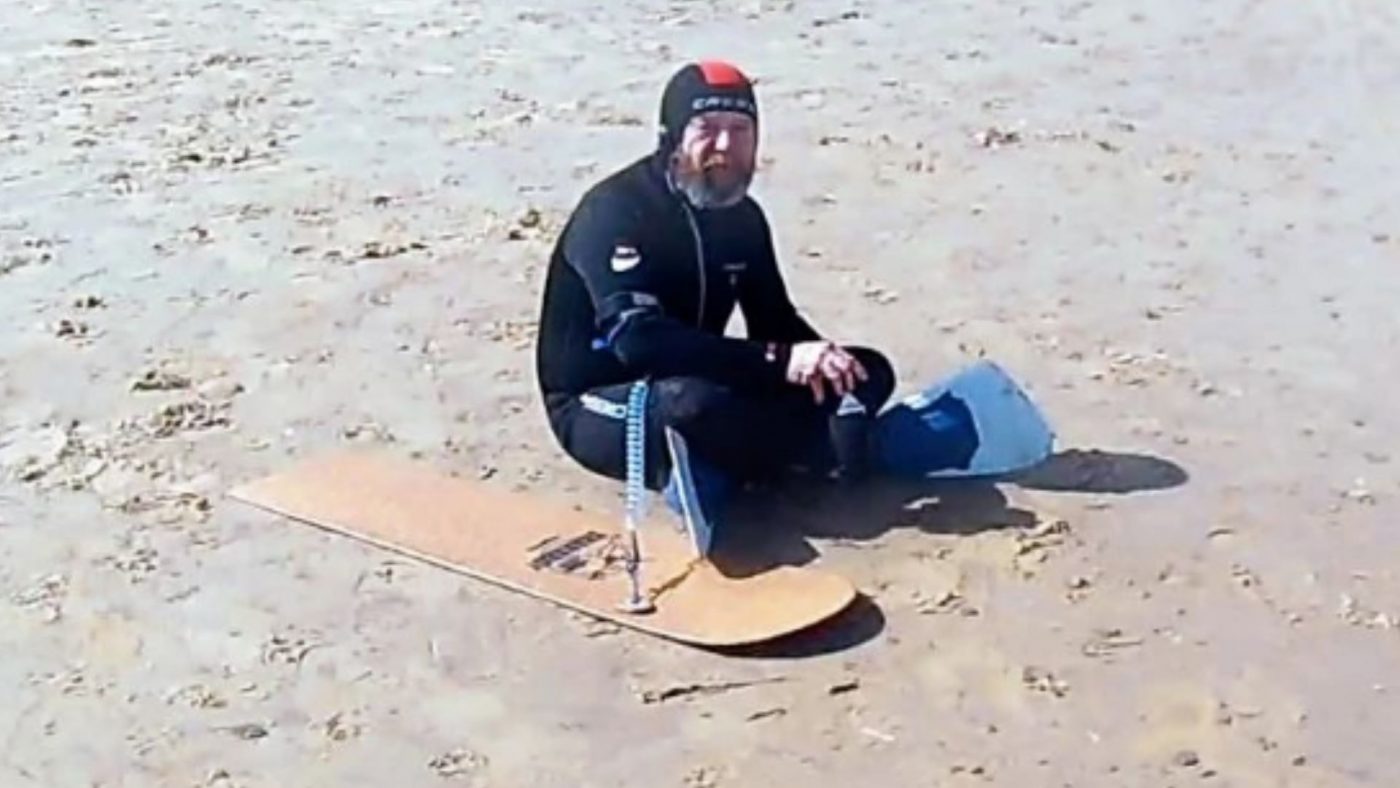
And when did you make your first bellyboard?
I think it was straight after that first session on Ross’s antique bellyboard that I went and got some plywood and started experimenting.
What inspired you to start shaping?
I was eager to experiment with what a piece of plywood could do and tried lots of shapes, including a ridiculously wide one called the barn door which was so heavy, and a hollow air chambered bellyboard with a skeleton frame.
Did your first sleds turn out the way you expected?
Going in almost every day, in any type of surf, I got through quite a few prototypes. The finish didn’t hold up to such intense use and exposure to the elements or the boards just weren’t strong enough and would snap in nasty shore dumps.
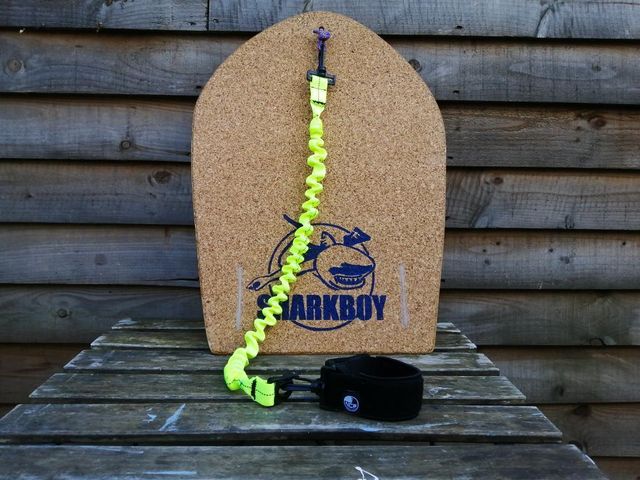
The standard familiar shape of a historical bellyboard was created to maximise productivity squeezing 8 boards from one sheet of plywood. Despite this, after trying various shapes, I decided that I wanted to keep my bellyboard silhouette true to that British heritage and decided to work on the construction to see how I could make a board that could be used in all conditions, every day and not warp, delaminate or snap.
At what point did you think of it as a business? And why?
It’s more of a passionate hobby. But I decided to make a few to sell to help cover the mounting cost of all the experimenting I was doing and that has carried on. Each board is individually handmade and takes around 4 days to produce.
Where are you at with Sharkboy Bellyboards now?
My bellyboards now all have a woven glass core sandwiched between hardwood plywood veneers using West system epoxy. This makes the board very thin, flexible and strong, and you really feel the water resonate through the board on a wave.
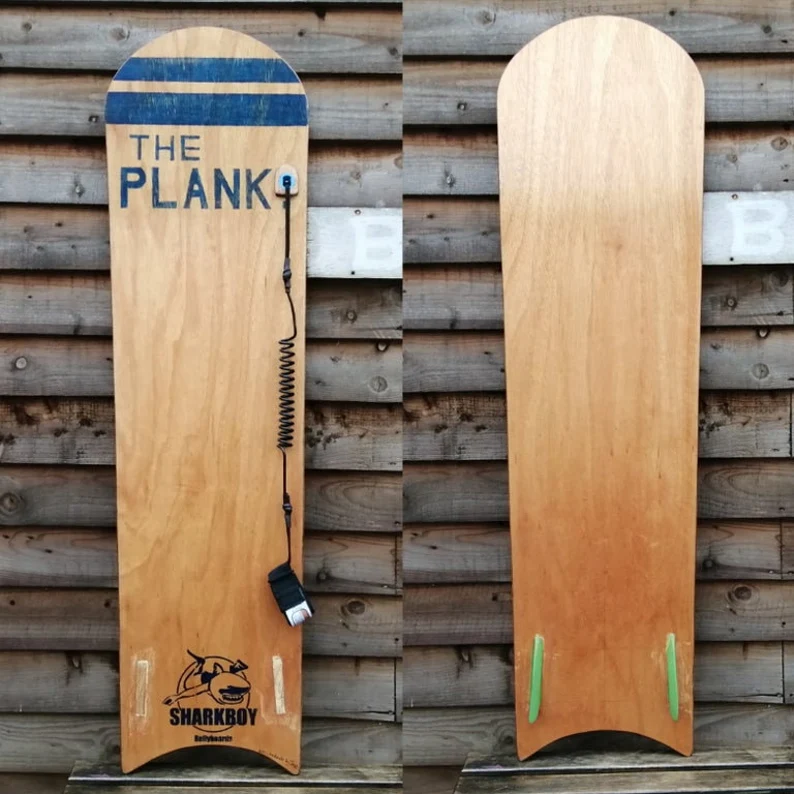
I give the boards a nicely scooped nose harking back to the original bellyboards as well as a concave hull leading into the tail for extra thrust.
I do a plain wooden deck and a corkie version which brings the thickness up from 7mm to 9mm. The benefits of the cork are it is so grippy that you don’t have to use any wax.
Our little fringe surf crew on the east coast also love body surfing with a tray and most recently I have been making a few very light twin fin tray surfers using aviation grade baltic birch ply with a woven glass core and a grippy cork deck.
Got any specific goals in mind for the brand?
I just plan to keep plodding along and getting in the sea as often as possible
What about personally?
My buddy Andy Turner of east coast based Dogmats is building me a surf mat which I am really excited to have a go on and add to my fringe surfing quiver.
What’s your opinion on fringe surfing and bellyboarding? How do you see the market evolving?
It is incredible and so exciting to see how popular fringe surfing is becoming. If that means more people in it for the party waves, laughter and general silliness I say bring it on.
Where would you like to slide if you could? And why?
Nazare, on a flat day.
You can follow Jezz and Sharkboy Bellyboards here.
